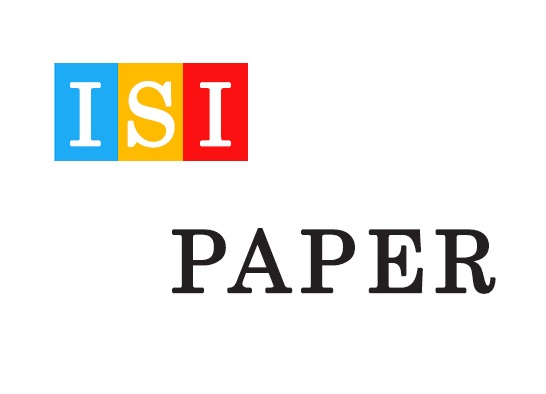دانلود رایگان مقاله ISI درباره احتراق،زمان تاخیر،اتانول و بیودیزل
دانلود رایکان مقاله انگلیسی ISI با موضوع خود اشتعالی مخلوط های n-بوتانول و اتانول با سوخت های دیزلی و بیودیزلی

عنوان فارسی مقاله:
خود اشتعالی مخلوط های n-بوتانول و اتانول با سوخت های دیزلی و بیودیزلی در یک محفظه احتراق حجم ثابت
عنوان انگلیسی مقاله:
Autoignition of blends of n-butanol and ethanol with diesel or biodiesel fuels in a constant-volume combustion chamber
دانلود رایگان مقاله ISI با فرمت PDF:
مشاهده توضیحات کامل و خرید ترجمه فارسی با فرمت ورد تایپ شده:
بخشی از مقاله انگلیسی :
3. Results and discusion
3.1. Effect of alcohol content
The resulting values for IDCF and IDM and pressure peaks are listed in Table 3 for all tests. Also, standard deviations from the 15 cycles recorded for each blend are included for all the results presented hereinafter. In all cases they are small with respect to the variations found, proving the significance of the trends discussed. In this table, the equivalence ratio (defined as the ratio between the actual mass fuel/air ratio and the stoichiometric one, and denoted as relative F/A) is also listed for each test. As expected based on the cetane numbers, increasing the alcohol content always led to a significant increase in both IDCF and IDM as shown in Fig. 1, where the average pressure trace obtained from 15 individual pressure signals are displayed for each blend. Logarithmic scale is used in the horizontal axis for a better discrimination of pressure signals with low alcohol contents. The trends in both ignition delays are better observed in Fig. 2. Such an increase was not linear with the alcohol content, but was sharper at high alcohol contents, which is in agreement with other studies [3,9]. In the case of ethanol-diesel blends, no experimental results were obtained from 15% to 65% ethanol content, due to the weak miscibility of blends within this range, where emulsifiers would be necessary at room temperature. No tests could be done for higher ethanol contents because they resulted in delay times higher than 120 ms, which are the maximum data acquisition window. The result shown for Et65-D blend was obtained after heating the mixture up to 40 C to reach enough miscibility.


